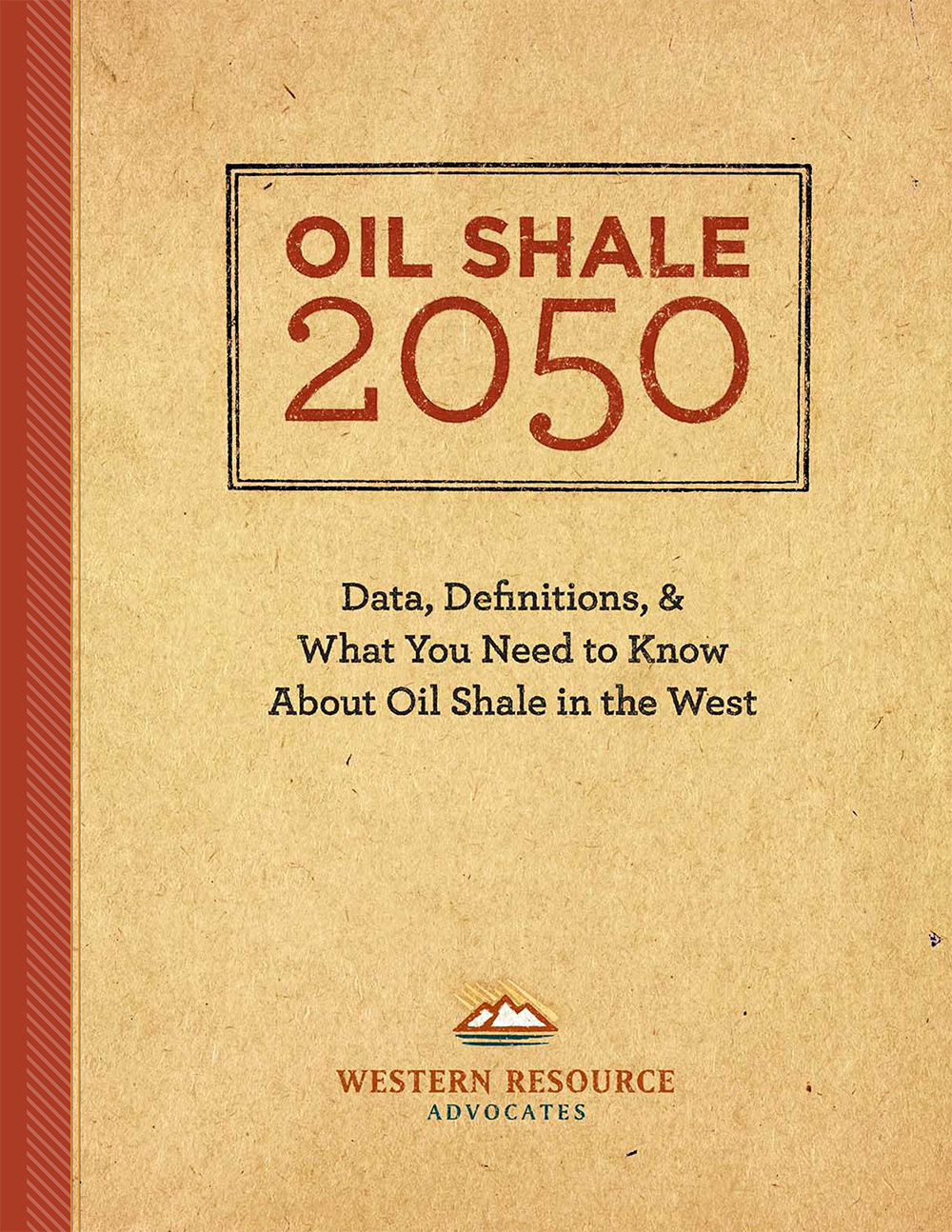
Oil Shale 2050: Data, Definitions, & What You Need to Know About Oil Shale in the West
This report is an educational tool, concentrating on the salient issues central to the ongoing debate over the wisdom and feasibility of producing liquid fuel from oil shale. Many of the issues discussed in this report are framed from the perspective of the year 2050. Why 2050?
It is a baseline that states commonly use to project water demands. It is also roughly the date by which such companies as Royal Dutch Shell predict they might be in a position to produce large quantities of oil from shale, depending on the results of current research and testing. At the same time, by the year 2050, economists, biologists, climatologists, and a variety of other scientists predict huge changes to the West that could affect that anticipated oil production:
- Colorado’s population is projected to grow by 57% over the next 30 years;
- Utah, the second-driest state in the nation, anticipates a 105% increase in its population by 2050;
- Because of this growth, in Colorado alone, municipal and industrial water demands are estimated to increase by as much as 83%;
- As a result of climate change, water in the Colorado River Basin is projected to decrease anywhere from 5% to 20% by 2050;
- and by 2050 we might be less reliant on fossil fuels for planes and automobiles using alternatives like electric cars powered by renewable sources, or biodiesel made from algae, or energy sources that researchers are not yet exploring.
The public needs to be able to properly evaluate the economic, environmental, and community impacts of these changes as well as the challenges facing oil shale, as a water-intensive practice, a big greenhouse gas emitter, and a poor energy source.

